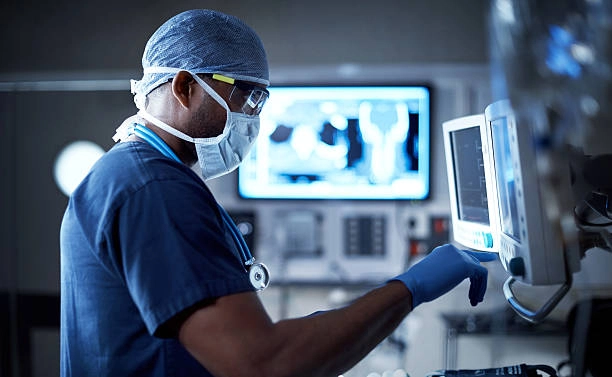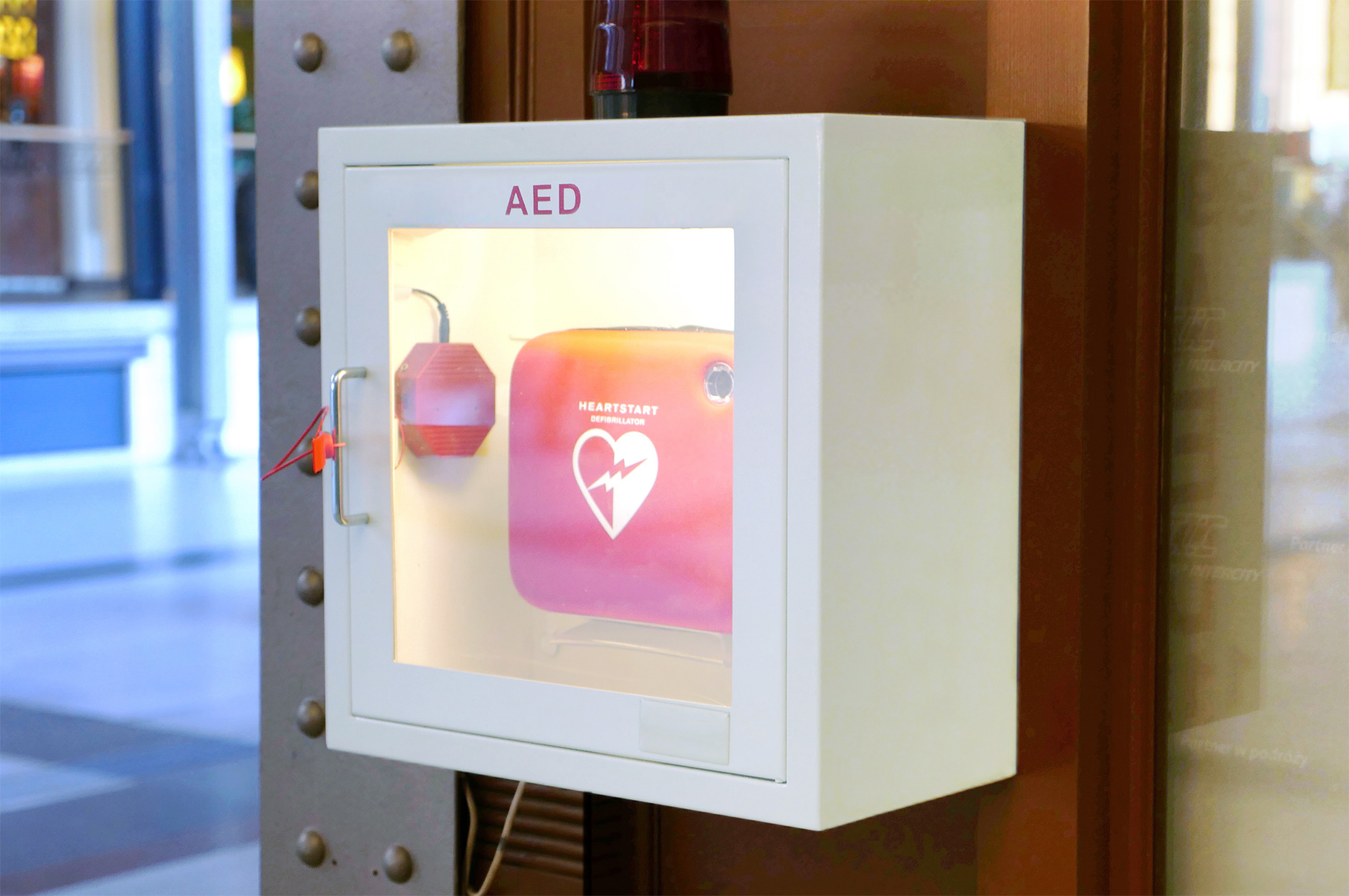The internet of medical devices (IoMD) within a health care facility comprises a broad array of technologies, ranging from simple physiological instruments such as thermometers and pulse monitors, to sophisticated imagery and therapeutic systems with extensive computing resources and high-bandwidth networking. The bedside systems found in patient rooms, including pumps, sensors, and the nurses’ cart-on-wheels are not only networked, but are often directly connected to patient databases and billing centers. Unlike other computing platforms on the network, networked medical devices are designed primarily for their medical function, with less consideration given to the authentication technologies and cyberdefenses typical of other IT. This white paper addresses best practices for ensuring cybersecure and cybersafe medical device design to mitigate the risk of compromise or misuse.
Cybersecure and cybersafe from design to launch.
Beginning your design journey with security in mind can avoid costly challenges later. Learn about our recommendations for connected medical devices.
Related Insights
Why FDA Rejects the Cybersecurity Content of Regulatory Submissions
Harbor Labs Chief Scientist Dr. Avi Rubin identifies some of the most common reasons why the FDA rejects the cybersecurity content of regulatory submissions.
Regulatory Science Meets Cyber Science; Why It’s So Much More than a Pen Test
HarborLabs CEO Nick Yuran distinguishes cybersecurity from cyberscience, and explains why understanding the shared scientific disciplines of regulators and security professionals are important in achieving positive regulatory outcomes.
Automatic External Defibrillator
As part of our Medical Device Security services, HarborLabs assisted a leading manufacturer to help resolve a security issue that was impeding regulatory approvals and corporate business objectives. Learn more about this case and our services.



